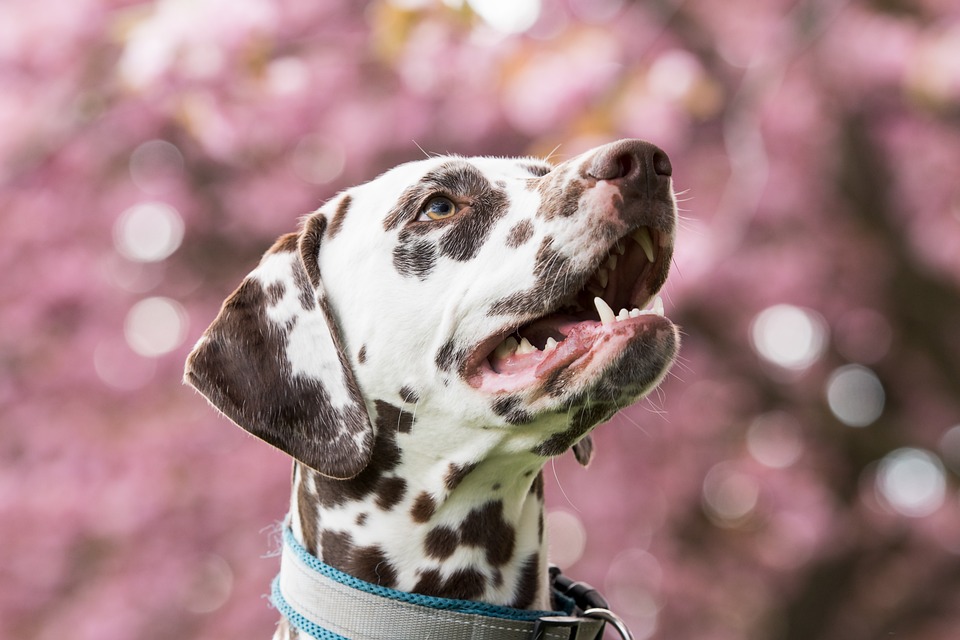Visiting the veterinarian can be a stressful experience for our beloved dogs. The unfamiliar smells, sights, and sounds, coupled with the anticipation of medical procedures, can heighten their anxiety levels. As responsible pet owners, it is our duty to ensure that our dogs feel calm and secure during these visits. In this article, we will explore various strategies to create a calm environment for dogs during vet visits, helping them feel more comfortable and less anxious.
Preparing your dog for a vet visit begins long before you actually set foot in the clinic. Taking the time to familiarize your dog with the carrier or car, as well as the routine of visiting the vet, can go a long way in reducing anxiety. Here are a few steps to consider:
1. Introduce the Carrier: Encourage positive associations with the carrier by leaving it open, placing treats, toys, or bedding inside, and providing rewards when your dog voluntarily enters or stays inside.
2. Practice Car Rides: Take short car rides with your dog to simulate the experience of going to the vet. Gradually increase the duration and reward your dog with treats or praise for calm behavior.
3. Visit the Vet for Non-Medical Purposes: Occasionally take your dog to the vet for non-invasive activities such as weighing, nail trims, or simply to say hello. This helps your dog associate the clinic with positive experiences.
Once you arrive at the vet’s office, there are several techniques you can employ to promote a calm environment for your dog. These techniques help to alleviate stress and anxiety, making the overall experience more positive. Consider the following:
1. Choose a Quiet Time: Schedule appointments during quieter periods at the clinic to minimize the number of people and other animals in close proximity, reducing potential stress triggers.
2. Utilize Pheromone Products: Synthetic pheromone sprays or diffusers, such as Adaptil, emit calming scents that mimic a mother dog’s natural pheromones. These can help create a sense of security and relaxation for your dog.
3. Bring Familiar Items: Bring along your dog’s favorite blanket, toy, or treats to create a familiar and comforting environment. These items can serve as a source of distraction and help reduce anxiety.
Clear communication with your veterinarian is crucial to ensure your dog’s well-being during the visit. By discussing your dog’s behavior and anxiety with the vet, you can work together to create a personalized plan that suits your dog’s needs. Consider the following tips:
1. Share Behavioral Observations: Inform your vet about any specific triggers or behaviors your dog exhibits when anxious. This information will help guide the vet’s approach and allow for tailored solutions.
2. Ask for Gentle Handling: Request that the vet and the veterinary staff use gentle handling techniques, which prioritize your dog’s emotional well-being. This may include allowing your dog to approach the vet first, using positive reinforcement, or utilizing low-stress handling techniques.
In conclusion, creating a calm environment for dogs during vet visits is essential for their well-being and can help alleviate anxiety. By preparing your dog in advance, utilizing calming techniques, and maintaining open communication with your veterinarian, you can ensure a more positive and less stressful experience for your furry friend. Remember, a calm dog leads to a successful veterinary visit.









